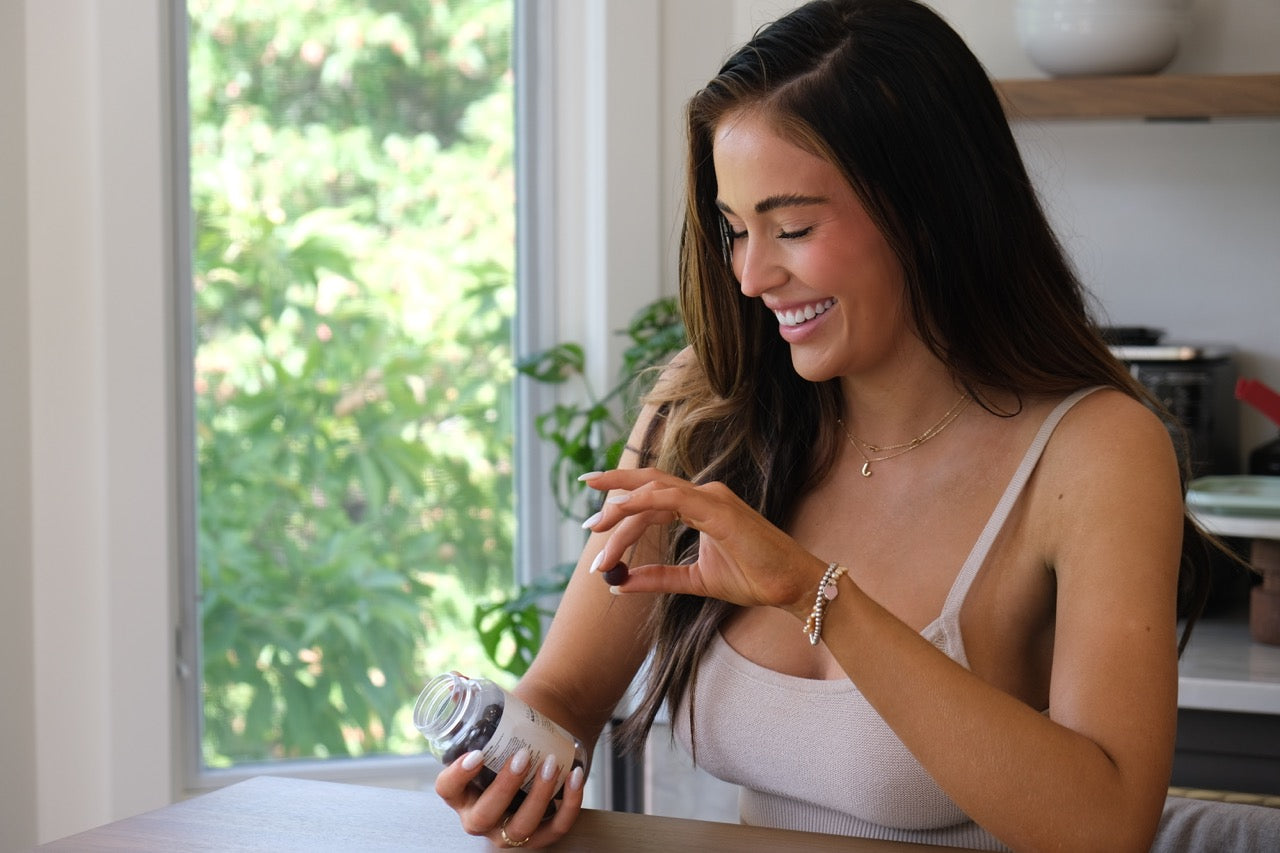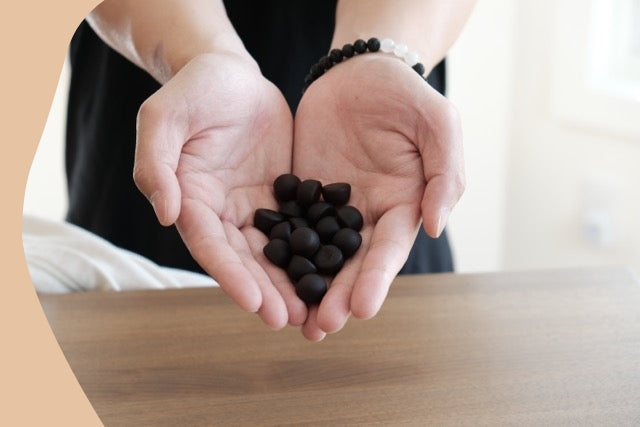
Speaking the Love Languages: The Myth of the In-Love Experience
When it comes to relationships of any sort, one of the most important tools in any relationship maintenance arsenal is the Five Love Languages. I’ve been able to use them to make sense of a lot of the more complex relationships in my life, and they’re a great way to strengthen even the best relationships, at any stage in the game.
What Gary Chapman’s theory of the Five Love Languages boils down to is that real love is an intended choice, an action you do for the benefit of someone else. Love in its authentic form is a verb rather than a noun - in other words, an action you do rather than an emotion you feel - and every individual understands and communicates love differently.
Over Chapman’s many years of marriage counseling work, he discovered that every person’s needs and communication style in their relationships ultimately fell primarily under one of five Love Languages.
Emotional Love vs. The In-Love Experience
Before he begins unpacking the languages themselves, Chapman builds upon the foundation that “the need to feel loved is a primary human emotional need.” However, there is a crucial difference between what Chapman calls the “in-love experience” and emotional love.

Emotional Love
In Chapman’s words, emotional love is “a love that unites reason and emotion. It involves an act of the will and requires discipline, and it recognizes the need for personal growth.” This is what Chapman recognizes that successful marriages/partnerships are built on.
The In-Love Experience
This is what I normally refer to as a relationship’s “honeymoon phase.” It’s a short-lived, obsessive phase where love feels like instinct or a need rather than an intentional, controlled choice. According to Chapman, the in-love experience has a “predictable lifespan” of about two years. We are led to believe through popular media narratives that this in-love experience will last forever when we have found “true love.” This is a myth; the in-love experience is a temporary solution to the need for emotional love.
Essential to Chapman’s Love Languages is the understanding that real love is built on emotional love, which is ultimately the only kind of love that can satisfy our primary emotional human need to feel loved.
Related article: The Love Drug: How Does “Love” Affect Your Body?
What is Your Love Language?
If you want to know what your love language is, the fastest, easiest way to find out your Love Language is to take the official Love Languages Test.
Usually, the way you express love and affection most often is the same way you understand expressions of love given to you. Some people are able to determine their Love Language right away, but others (including myself) feel torn between two or even three options as their primary Love Language.

Do Love Languages Change?
Chapman points out that many people are “bilingual/trilingual” when it comes to Love Languages. It’s also possible that over time and depending upon the people in your life, you’ll slip in and out of all of the languages.
It’s also important to remember that Love Languages have “dialects.” For example, people whose primary Love Language is Quality Time will all have a slightly different idea of what Quality Time means to them personally.
Love Languages Are Personal
Quality Time typically has more to do with quantity than anything else. Often, it doesn’t necessarily matter how the time is spent, just that the people I’m closest to want to spend time with someone.
Someone’s willingness to share time and space with someone else, regardless of what is being done in that time and space, has a lot to do with how love is given or received. However, the particular dialects of those in the relationship might be different. Perhaps a dialect involves doing activities together, prioritizing one-on-one time, etc. Paying attention to how a Love Language is spoken is essential.
Related article: Understanding Infatuation
Speaking the Languages
Knowing your own Love Language is only a small fraction of the work, however. The real practicality of Love Languages is that anyone can learn to speak anyone else’s Love Language and its unique dialect. You can master any number of Love Languages with a little extra effort and a lot more listening.
Another great thing about Love Languages is that they don’t only apply in romantic relationships.

Are There Any Issues With the 5 Love Languages Theory?
It is worth noting that Chapman is currently a pastor who boasts many degrees from various Christian post-secondary institutions. Perhaps due to his work as a marriage counselor being mostly facilitated through the church, the existence of people who are not cisgender heterosexuals seems to have escaped Chapman’s notice in his book (unfortunately, despite its multiple revisions since its release in 1992, the Love Languages book remains tragically heteronormative).
It is also widely misinterpreted by modern lovers of the love languages, as it was originally intended to identify other’s languages in relationships and not your own.
That said, I have found the theory of Love Languages in and of itself to be very valuable in all of my close relationships, romantic or otherwise. Understanding someone else’s Love Language allows you to make sense of behaviors you previously didn’t understand or missed entirely.
Maybe you’ll discover that someone in your life has been speaking love to you in a way you never noticed before. Knowing the Love Languages my friends and family speak enables me to speak and translate so many more expressions of love.
Practice Speaking the Love Languages
Now that you know your own Love Language and the difference between the fictional in-love experience and real emotional love, you can start to identify and practice speaking the Love Languages of the people you’re closest to. Learning to communicate in new Love Languages (and their unique dialects) will take time, patience, and effort. If you ever find yourself tired or frustrated, remember this:
“When an action doesn’t come naturally to you, it is a greater expression of love… ultimately, comfort is not the issue. We are talking about love, and love is something you do for someone else.”
Related article: Your Love Language, Based on Your Myers-Briggs Personality Type






